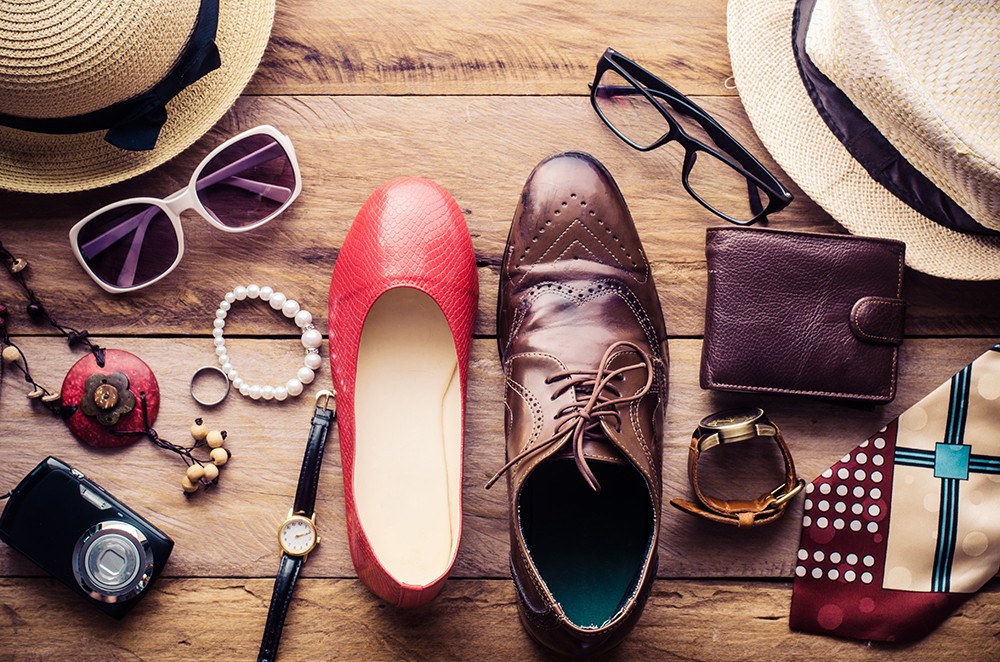Each year shoplifting in America costs US retailers billions, but if you think it’s the high-value, big-ticket items attracting all the attention, think again.
Shoplifters target all verticals of the retail sector, with the choice of product they take depending on its value, accessibility and the security used to protect it.
Here’s a quick rundown of the most commonly shoplifted items in America, and how retailers can help combat the risk.
Which retailers do shoplifters target?
It doesn’t matter if you’re a large retailer or small, if you have products that appeal and aren’t sufficiently protected, chances are your bottom line is impacted by retail theft.
That said, a recent Global Shrink Index noted fashion and accessory retailers are likely to be the hardest hit, with shrinkage accounting for 2.43 per cent of sales in 2018.
Meanwhile, most recent Global Retail Theft Barometer indicates products that are easy to steal and sell are most prone to theft.
So, let’s dive right in and look at the commonly stolen items in detail, based on their retail vertical.
1. Apparel and Fashion accessories
- Footwear
- Sports related clothing
- Fashion accessories
- Sunglasses
- Jewelry
Best protection methods

Footwear – Footwear is secured using hard tags. In instances where the pinhead cannot pass through the product, cable tags or hard tags with lanyards are the most effective loss prevention method.
Clothing – Apparel is also secured using hard tags, with tags available to suit both AM and RF detection systems.
Fashion accessories – Depending on the type of fashion accessory and value involved, fashion accessories can be secured using hard tags, tags with cables, or security labels.
Sunglasses – These are best protected with purpose-designed optical tags forhigh-valuee merchandise, or with discreet security labels for cheaper makes.
Jewelry – In most cases, the best protection for high-value jewelry is locked cabinets. Low-value jewelry is generally secured with labels concealed in the packaging, or in some cases tags attached to the product information.
2. DIY/Home improvement
- Power tools
- Batteries
- Outdoor plants
- Screws and washers
- Building supplies and timber/cables
Best protection methods
Power tools – These items have a high resale value and are best protected through locked display cabinets or tethered displays. Shelf items can be further protected using labels concealed within the packaging.
Batteries – Batteries have long been targeted by thieves. These are most often protected using stop locks or time delay locks, by being positioned behind the counter, or with labels.
Outdoor plants, screws and washers, building supplies – Like most products in the DIY sector, all these items are usually protected using labels affixed to the product with the barcode also incorporated.
3. Electronics
- Mobile devices/accessories
- iPad/Tablets
- Movies and Music (DVD format)
- Video Games
- Laptops
Best protection methods
Mobile devices and accessories – These are protected differently depending on their value and the customer interaction required to make a sale.
Mobile phones, for example, are generally protected using tethered, secure displays and/or lockable cabinets. Meanwhile, lower value accessories like headphones, chargers or cables are generally protected using either stop locks, spider wraps or security labels.
iPads/Tablets and laptops – These high-value electronics are displayed using secure, tethered displays to encourage interaction, while the actual available stock is stored out the back of a retail outlet or in lockable cabinets.
Movies, Music and video games – The standard procedure is to secure these using security labels. In the case of a frequently targeted, highly valuable and popular items, extra security might be utilised such as clear, lockable boxes or spider wraps.
4. Food and beverages

- Wines and spirits
- Baby formula
- Fresh meat
- Cheese
- Coffee
Best protection methods
Wine and Spirits – Liquor tags are specifically designed to protect high-value liquor from being consumed in-store and theft. Meanwhile, security labels are also widely employed for lower-value items.
Baby formula – In response to the high theft of infant formula over recent years, specific security products like wraps and grips are now available, while security labels are also widely employed.
Meat, cheese and coffee – These consumable items are generally protected using security labels.
5. Health and beauty
- Perfumes and fragrances
- Makeup products
- OTC drugs
- Razor Blades
- Electric Toothbrushes
Best protection methods
Perfumes and fragrances – High-value perfumes and fragrances are often protected with lockable glass displays, while lower-value items benefit from security labels.
Makeup products and OTC drugs – These products are best protected with security labels of the AM variety, which are subject to less interference from the metallic packaging they may contain.
Razor blades and electric toothbrushes – Both these products can be protected using stop locks/ timer delay locks or by being stored behind the counter. Alternatively, security labels can also be employed.
Should you need further advice about the right EAS solution to protect your merchandise, contact our friendly Security Tags staff here.
